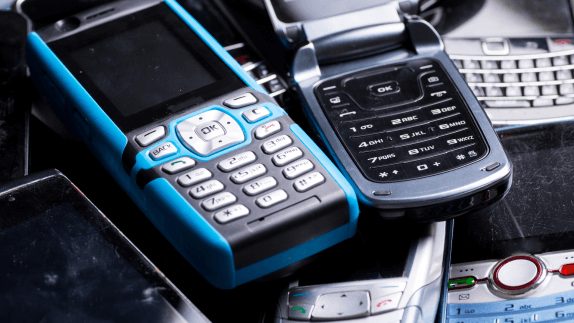
The Swedish company provides insurance for hire goods. But here’s the smart bit - they only insure an item while it’s being used, transported, accessed, or similar, for a short period of time. For those looking to earn extra money by listing their items on peer-to-peer platforms but worried about potential damage, Omocom has the solution.
"We have developed a tool to create trust in a particular moment in time."
- Ola Lowden Landström, Founder Omocom
Why it’s an example of the circular economy
Omocom’s ‘on-demand’ microinsurance product provides a vital cog in the sharingsharingThe use of a product by multiple users. It is a practice that retains the highest value of a product by extending its use period. economy. By providing users with insurance tailored specifically for rentals, Omocom enables trust and makes the user experience smoother. The result is an increased use of existing goods - a fundamental pillar of the circular economycircular economyA systems solution framework that tackles global challenges like climate change, biodiversity loss, waste, and pollution. It is based on three principles, driven by design: eliminate waste and pollution, circulate products and materials (at their highest value), and regenerate nature..
What Omcomo insures
Things: Tools, hardware, furniture, delivered goods, clothes, sports equipment
Space: Holiday homes, apartments, rooms, houses, storage
Vehicles: Cars, boats, campervans, motorcycles
Seeds of the idea
In 2017, Ola and his partner Emmanuel Badehi set up Omocom, beginning their journey of entrepreneurship in the Fintech world. From previous research in the Minister of Trade, they recognised the critical importance of appropriate insurance for driving the supply side of the sharing economy.
The pair had identified a well-defined problem that was holding back a clearly growing consumer trend. To help them, the majority of sharing platforms are digital, so algorithms and APIs (software interfaces), make it possible to integrate new services into existing platforms, and in theory at least, automate the generation of microinsurance policies.
Developing a risk assessment framework
They enlisted the help of Stockholm University mathematics professor Filip Lindskog, who used the transaction data that Ola had collected in a national study, to craft a risk model. The model, which is constantly refined as new platforms sign on, manifests as an algorithm that automatically generates a policy for each transaction.
A number of breakthroughs facilitated Omocom’s successful launch in October 2019. After 25 attempts to find a company that would act as their reinsurer, they persuaded a large insurance broker called WR Berkeley to underwrite their policies. Additionally they were able to get two early clients on board - Tiptapp, a furniture moving company that leverages unused vehicle space or people with time on their hands and Hygglo - a peer-to-peer equipment sharing platform.
How the insurance works
Omocom’s insurance product is integrated into existing digital sharing platforms. Insurance can be calculated on an individual transaction basis, or on an ‘all-in’ basis, where all transactions generated by the platform are automatically insured. They also use transaction data to prevent fraud and alleviate risk, making it safer to share.
A typical Omocom insurance arrangement
Suppliers to the sharing platforms have the option to accept or decline a microinsurance policy at the point of transaction, covering loss, theft or damage of their asset. The cost of the insurance ranges between EUR2 and EUR6, with a maximum coverage of EUR1000. The protection lasts for the duration of the rental or delivery time. The other option is for the platform to accept an ‘all-in’ insurance where all assets on the platform are insured at all times.
Creating trust in a point in time
Ola believes that Omocom’s growing traction and the main driver of their crucial agreement with WR Berkley is that it doesn’t compete with traditional insurance companies. Instead Omocom has “developed a sales tool which creates trust in a particular moment in time”. The risk profile (termed loss ratio = accumulated policy payments/accumulated damage awards) for the reinsurer is very different from a typical insurance arrangement. For one there’s no ‘long tail’, the insurance period has a short, well-defined timeframe, so there’s no need to make a significant provision for the possibility of an unexpected insurance claim in the future.
Early signs are that Omocom is making great strides in building trust in the circular economy. Launching with just two companies, within one year, 18 platforms are now on board, across Sweden, Norway, and Finland. With over 70% of their new client pipeline coming from unsolicited inbound approaches, it seems as though the circular economy and forward-thinking citizens can’t get enough of Omocom’s service.






